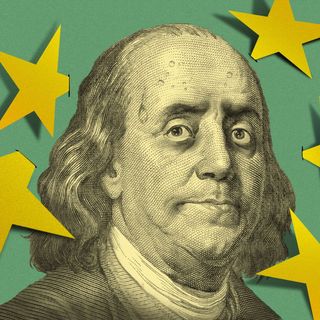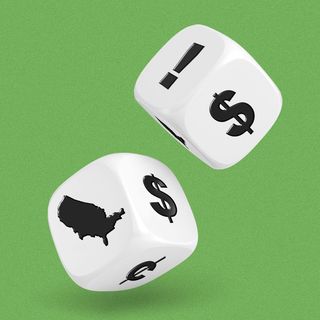I took a 3-year career break. I felt guilty about being called 'just a housewife' — but now I'm embracing the detour.
Courtesy of Shruti Mangawa
- When Shruti Mangawa tried applying for jobs after taking a career break, she was often ghosted.
- She felt guilt about being unemployed, particularly when people said she was "just a housewife."
- Returning to work after her break taught Mangawa how to view success differently.
This as-told-to essay is based on a transcribed conversation with 35-year-old Shruti Mangawa from New Mexico. The following has been edited for length and clarity.
I grew up and studied in India. In 2018, I joined Hindustan Unilever, a subsidiary of Unilever, where I became an area sales and customer manager.
In 2021, I took a sabbatical due to a spinal injury. I came to the USA, where my husband worked, to spend some time with him and recover.
But after a few months in America, I was diagnosed with breast cancer, so I couldn't go back to work. My company extended my sabbatical, but my health got worse.
I knew I couldn't go back to India or my job. I spent most of the following two to three years in treatment and recovery.
When I started looking for work again in the US in 2024, I had a hunch that the huge gap in my résumé was preventing me from finding a job.
I've struggled with guilt about being unemployed because I tied my identity to my job. It's taken me a while to embrace my career break and adopt a different view of success.
I struggled to find employment in the US after my recovery
My role at Unilever was my dream job. I was in a leadership role managing a team.
I was used to being financially independent and I tied my identity to my job. I saw the shine of pride in my parents' eyes about what I had achieved. In our family circle, people younger than me looked up to me as an inspiration.
Then it all went away.
My diagnosis turned my entire world upside down. The cancer was pretty aggressive and had a big toll on my body. Thankfully, I had financial support from my husband and family.
I was more worried about my professional life than my recovery. I was conscious that any time spent in recovery was increasing the gap in my work experience.
When my doctor said I was cancer-free, I thought I'd be able to pick up my career from where I left off. It didn't happen that way. My energy levels weren't the same, and I didn't feel as motivated as I was in my 20s.
I felt guilty and like I was worthless because I wasn't working
When I was cancer-free but still dealing with long-term side effects, people would ask me what I did for a living, and it made me feel empty inside. Some acquaintances said: "Oh, so you're just a housewife, then?" I don't know if their intentions were bad, but I felt guilty. My parents spent so much on my education, but now I was sitting at home.
Being a housewife isn't a bad thing. My mom was a homemaker. But in my generation, everyone's used to working. I felt like if I wasn't, I was worthless.
When I tried to re-enter the workforce in 2024, people advised me to figure out a way to cover my gap by doing some freelancing or not putting it on my LinkedIn. We may preach that it's OK to take a break and not attach our image to job titles, but people do.
I applied for marketing roles and any jobs where I thought I had transferable skills, but I'd get ghosted or rejected even before the interview stage. I felt like I didn't even get a chance to explain my story.
Once, a recruiter told me that because I had a big career gap and all my prior work experience was based in India, I might need to lower my expectations for the roles I was going for.
I'm focusing on building a personal brand and have changed the way I think about success
Since I was so drained physically and mentally, I forgot what I used to be able to handle professionally. I started to feel that nobody would hire me, and this was my future.
Thankfully, my husband snapped me out of my negative thought patterns.
Around October 2024, I decided that instead of waiting for opportunities, I'd create my own. I thought by developing a personal brand, I'd stand a better chance in the job market. With such a big career gap in a rough market, I needed to find a way to stand out.
I stopped applying for jobs and focused on my writing — posting essays on Medium and producing a newsletter. Getting positive feedback from readers gave me more confidence.
I've decided to focus on brand-building for at least a year and a half while I figure out how I want to transition my career.
Though people have advised me to hide my career gap, I've decided to be more open about it, disclosing it on my LinkedIn.
Embrace detours in working life
In life, you'll have to take detours. I know people who've been laid off or who've had their life disrupted for other reasons. I'm in my 30s and have had to restart my career. Things aren't always linear.
I no longer think success is just about your career and money but also about other parts of life. If my husband says, "I'm lucky to have a wife like you" — even that is success to me now.
Now, when challenges come, I don't just panic. I ask: "What is this here to teach me?" That mindset shift is what I consider my biggest success.
Do you have a story to share about your career break or sabbatical? Contact this reporter at [email protected]



